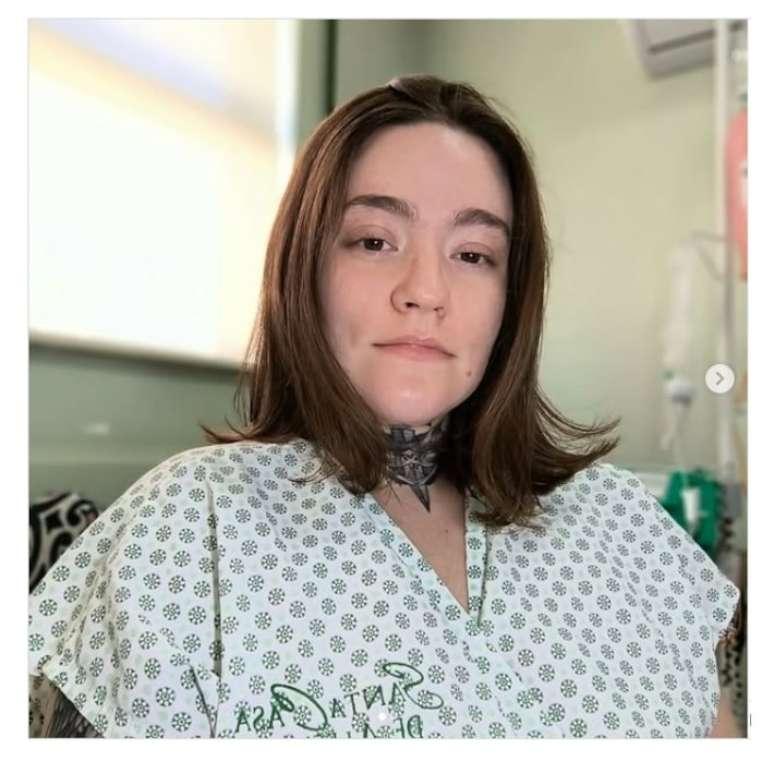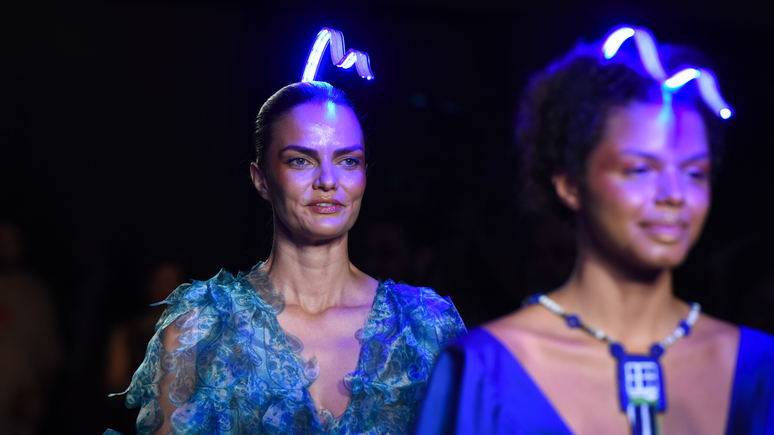When it comes to eye health, you need to act before symptoms start
html[data-range=”xlarge”] figure figure img.img-eaf3c5a0c1480718fd243e84535ed5ccoz8iicz3 { width: 774px; height: 479px; }HTML[data-range=”large”] figure image img.img-eaf3c5a0c1480718fd243e84535ed5ccoz8iicz3 { width: 548px; height: 339px; }HTML[data-range=”small”] image figure img.img-eaf3c5a0c1480718fd243e84535ed5ccoz8iicz3, html[data-range=”medium”] figure image img.img-eaf3c5a0c1480718fd243e84535ed5ccoz8iicz3 { width: 564px; height: 349px; }
According to the World Health Organization, around 80% of cases of blindness would be preventable if major eye diseases were diagnosed early and treated correctly. However, globally, an estimated 1.3 billion people have a vision condition that prevents them from seeing well.
In Brazil, an estimated 1.5 million people are blind, according to 2019 data. Improving vision can help advance the Sustainable Development Goals (SDGs) – United Nations (UN) Agenda 2030.
Lack of awareness in Brazil
Although sight is something so fundamental, there is still a lack of awareness in the country, as well as not having the culture to go to the ophthalmologist and take care of the eyes. According to a survey by Ibope, with the support of the Brazilian Council of Ophthalmology, 34% of Brazilians have never seen an ophthalmologist.
Preventive examinations are essential. When it comes to eye health, you need to act before symptoms start, because many of them feature irreversible losses. Therefore, it is necessary to disseminate more and more information on this topic.
Here are seven tips for preventing blindness and taking care of your vision.
1. Book an eye exam
An eye exam can detect changes early and prevent a future eye problem. The best form of prevention is regular visits to the ophthalmologist, even in the absence of symptoms.
two. Wear eyeglasses if necessary
For those who need them, eyeglasses help you see more clearly and reduce excessive eye muscle strain, avoiding eye strain and associated headaches. There are lenses with specific technologies that bring additional benefits in each case.
3. Know your family history of vision problems
Many eye diseases are hereditary, so they are more common when there are other affected people in the family. Some examples are myopia, glaucoma, keratoconus and various genetic diseases of the cornea and retina.
4. Wear sunglasses on sunny days
Sunglasses with UVA and UVB protection prevent sun radiation from causing damage to the eyes. Excessive sun exposure without protection can cause problems such as cataracts, pterygium, eye tumors and retinal diseases.
5. Wear protective eyewear during risky activities
An important cause of blindness is eye trauma. Serious eye injuries can occur while working in factories or civil construction, while playing some sports or when children play with sharp objects.
6. Encourage habits in children to prevent myopia
Nearsightedness can increase rapidly in children, leading to high myopia, a condition associated with serious problems such as macular degeneration, retinal detachment and glaucoma.
For the natural development of the eye and the prevention of myopia, children should spend at least two hours a day outdoors and avoid prolonged use of electronic devices near their eyes.
7. Have healthy lifestyle habits
Exercising regularly, maintaining a balanced diet and not smoking are healthy habits that greatly reduce the risk of diseases that can affect vision, such as high blood pressure and diabetes. If you have these conditions, have them checked by your doctor.
Renan Oliveira is the founder and medical director ofREAL
.
Source: Terra
Ben Stock is a lifestyle journalist and author at Gossipify. He writes about topics such as health, wellness, travel, food and home decor. He provides practical advice and inspiration to improve well-being, keeps readers up to date with latest lifestyle news and trends, known for his engaging writing style, in-depth analysis and unique perspectives.




![Tomorrow belongs to us: What awaits you on October 14, 2025, Tuesday, October 14 [SPOILERS] Tomorrow belongs to us: What awaits you on October 14, 2025, Tuesday, October 14 [SPOILERS]](https://fr.web.img4.acsta.net/img/3a/6b/3a6b6c830f9faa61c326457b86fe9dcd.jpg)

